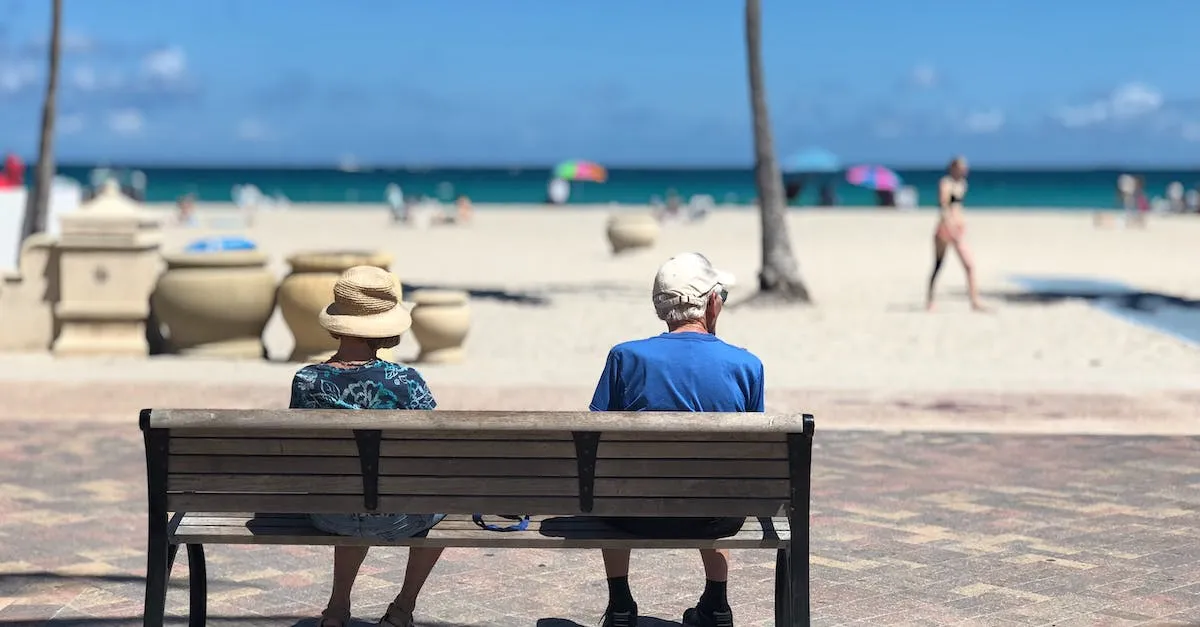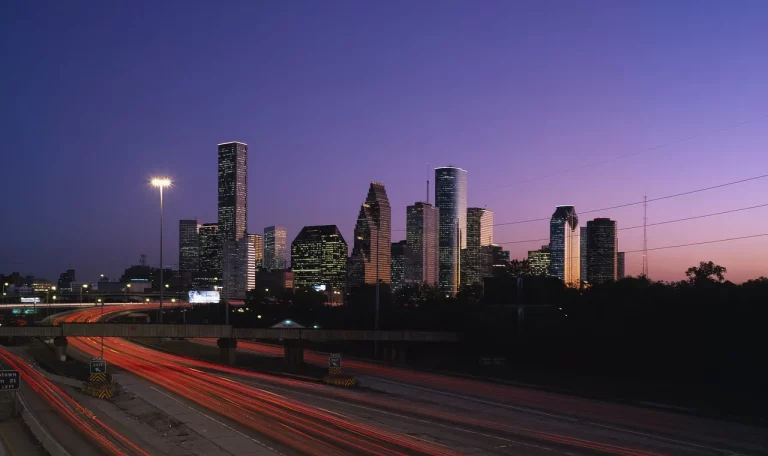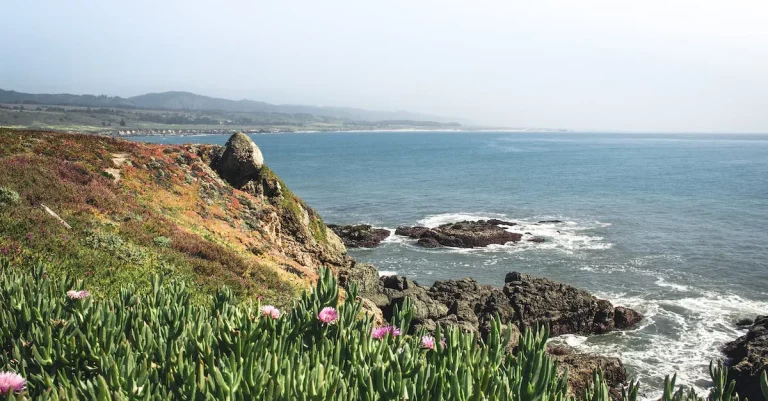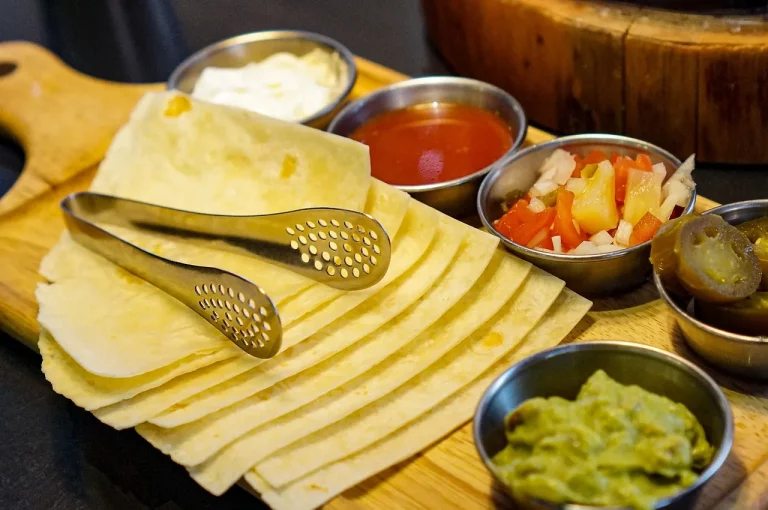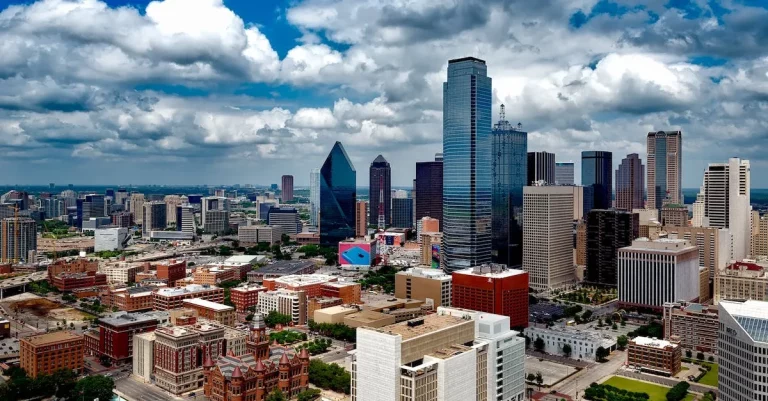How Old Is Miami?
With its reputation as a glittering, fast-paced party town, you may be surprised to learn that Miami actually has a long and fascinating history stretching back centuries. If you’re short on time, here’s a quick answer: Though the Miami area was home to Native American tribes for thousands of years, the city itself was incorporated in 1896, making modern-day Miami around 125 years old. Keep reading to learn more about the ancient indigenous roots, early development, and evolution of this iconic Florida city over the past century.
Early Native Inhabitants
The history of Miami dates back thousands of years, with evidence of human habitation in the region as far back as 10,000 BC. The area was originally inhabited by Native American tribes who lived off the abundant natural resources found in the region.
The Tequesta Tribe
One of the prominent Native American tribes in the Miami area was the Tequesta tribe. They were the first known inhabitants of the Miami region and had a deep connection with the land and waterways. The Tequesta tribe thrived in the area for centuries and had a complex social structure.
The Tequesta people were skilled fishermen and hunters, relying heavily on the rich marine life and the diverse wildlife found in the surrounding Everglades. They lived in villages along the Miami River and Biscayne Bay, building homes made of thatched roofs and palmetto fronds.
Arrival of Europeans
The arrival of European explorers in the 16th century marked a significant turning point in the history of Miami. Spanish explorers, including Juan Ponce de Leon, explored the Florida coast and made contact with the Native American tribes in the area.
The Spanish colonization of Florida brought about significant changes for the Native American populations. The Tequesta tribe, along with other Native American tribes in the region, faced disruptions in their way of life due to disease, warfare, and enslavement by European settlers.
Displacement of Native Peoples
As European settlers continued to arrive in the Miami area, the Native American populations were gradually pushed out of their ancestral lands. The expansion of European settlements and the establishment of plantations and trading posts led to the displacement and marginalization of the Native peoples.
The forced removal of Native American tribes from their lands continued throughout the 19th century as the United States government sought to expand its territory. Many Native American tribes were forcibly relocated to reservations in other parts of the country, further severing their connection to their ancestral lands.
Today, the descendants of the Tequesta tribe and other Native American tribes continue to preserve their cultural heritage and traditions. Efforts are being made to recognize and honor the contributions of the Native peoples to the history and identity of Miami.
For more information on the history of Native American tribes in Miami, you can visit the official website of the Tequesta tribe here.
Founding of Miami
Miami, a vibrant and thriving city in Florida, has a rich history that dates back to its founding in the 19th century. The city’s origins can be traced to the establishment of the Fort Dallas outpost.
Fort Dallas Outpost
In 1836, Fort Dallas was built as a military outpost during the Second Seminole War. Situated along the Miami River, the fort served as a strategic location for the United States Army. It provided protection for early settlers and served as a base for military operations in the region.
The fort was named after Commodore Alexander James Dallas, who was the naval commander at the time. Despite its military significance, the outpost faced various challenges, including attacks from Native American tribes and the harsh conditions of the Florida wilderness.
Incorporation and Early Growth
Miami’s journey from a military outpost to a bustling city began in 1896 when it was officially incorporated. The city’s incorporation marked a turning point in its history, paving the way for rapid growth and development.
With its favorable climate, abundant natural resources, and proximity to the coast, Miami quickly attracted settlers and investors. The arrival of the railroad further boosted the city’s growth, allowing for easier transportation of goods and people.
This led to a surge in population and the development of various industries, including agriculture, tourism, and trade.
Miami’s early growth was also influenced by the arrival of immigrants from various parts of the world, including Cuba, the Bahamas, and Europe. These diverse cultures and backgrounds contributed to the city’s unique identity and vibrant atmosphere.
Transportation Advances
As Miami continued to grow, transportation played a crucial role in its development. The construction of the Henry Flagler’s Florida East Coast Railway in the early 20th century opened up new opportunities for trade and commerce.
The expansion of air travel further revolutionized transportation in Miami. The city became a major hub for international flights, connecting people from all over the world. Today, Miami International Airport is one of the busiest airports in the United States.
Additionally, Miami’s strategic location as a seaport contributed to its economic growth. The Port of Miami is one of the busiest cruise ports in the world, welcoming millions of tourists each year and serving as a gateway to the Caribbean and Latin America.
Major Development Eras
South Florida Railroad Boom
The history of Miami dates back to the late 19th century when it experienced a major development era known as the South Florida Railroad Boom. This boom was fueled by the construction of the Florida East Coast Railway, which connected Miami to other major cities in Florida.
The railway brought an influx of tourists and investors to the area, leading to rapid growth and development. The population of Miami grew from a mere 300 people in 1896 to over 29,000 by 1920.
Great Depression Tribulations
However, Miami’s growth was not without its challenges. The city faced severe setbacks during the Great Depression in the 1930s. The collapse of the real estate market and the decline in tourism and investment hit Miami hard. Many residents were left unemployed and struggling to make ends meet.
Despite these tribulations, Miami managed to survive and slowly recover from the economic downturn.
Post-WWII Growth
The post-World War II era marked another significant period of growth for Miami. The city experienced a population boom as veterans returned from war and sought new opportunities in the vibrant city. The construction of major highways, such as the Interstate 95, further facilitated the growth of Miami and its surrounding areas.
The increase in tourism, coupled with the influx of new residents, led to the development of more neighborhoods, businesses, and cultural institutions.
Today, Miami is a thriving metropolis known for its diverse population, vibrant nightlife, and beautiful beaches. It continues to attract tourists, investors, and new residents from all over the world.
The city’s rich history and major development eras have shaped it into the dynamic and cosmopolitan city it is today.
Miami Today
Miami, located in the southeastern state of Florida, is a vibrant and bustling city known for its beautiful beaches, warm climate, and diverse population. It has grown significantly over the years, becoming a major tourist destination and a hub for business and culture.
Diverse, Multicultural Population
One of the defining features of Miami today is its diverse and multicultural population. The city is a melting pot of different ethnicities and cultures, with residents from all over the world. This diversity is reflected in the city’s food, music, and festivals, making Miami a truly unique and vibrant place to live or visit.
Miami is home to a large number of immigrants, particularly from Latin America and the Caribbean. The influence of these cultures can be seen in the city’s architecture, cuisine, and language. Spanish is widely spoken in Miami, and many neighborhoods have a distinct Latin American flavor.
According to the U.S. Census Bureau, Miami-Dade County, where Miami is located, is one of the most diverse counties in the United States. It is a true reflection of the multicultural fabric of the city, with people from all walks of life living and working together.
Economy and Infrastructure
Miami’s economy is thriving and diverse, with a strong focus on tourism, finance, trade, and real estate. The city’s location and proximity to Latin America have made it a major gateway for international trade and commerce.
It is home to one of the largest ports in the United States, which handles a significant amount of cargo and cruise ship traffic.
The real estate market in Miami has also experienced significant growth in recent years, with luxury condominiums and hotels dotting the skyline. The city has become a magnet for real estate investors from around the world, who are drawn to its prime location and thriving market.
In terms of infrastructure, Miami has a well-developed transportation system that includes an extensive network of highways, an international airport, and a reliable public transit system. The city is also investing in sustainable and green initiatives, with a focus on reducing carbon emissions and improving energy efficiency.
Arts, Culture, Nightlife
Miami is not just about beautiful beaches and sunny weather; it is also a hub for arts, culture, and nightlife. The city is home to numerous art galleries, museums, and theaters, showcasing both local and international talent.
The Wynwood Walls, for example, is a popular attraction that features vibrant street art from artists around the world. The Pérez Art Museum Miami and the Adrienne Arsht Center for the Performing Arts are also must-visit destinations for art and culture enthusiasts.
When it comes to nightlife, Miami has a reputation for its vibrant and energetic scene. From trendy nightclubs to rooftop bars and beachfront parties, there is always something happening in the city after dark.
South Beach, in particular, is known for its lively nightlife, attracting both locals and tourists alike.
Miami offers a unique blend of cultures, a thriving economy, and a vibrant arts and nightlife scene. Whether you’re looking to relax on the beach, explore diverse neighborhoods, or immerse yourself in art and culture, Miami has something for everyone.
Conclusion
While humans inhabited the Miami area for thousands of years before European contact, the city itself is less than 150 years old. Founded in the late 19th century, Miami grew from a small outpost to a bustling metropolis over the 20th century, shaped by transportation advances, economic booms and busts, immigration waves, and more. Today it remains a diverse, vibrant hub of culture and commerce on Florida’s southern tip.

